Researchers model Titan's atmosphere
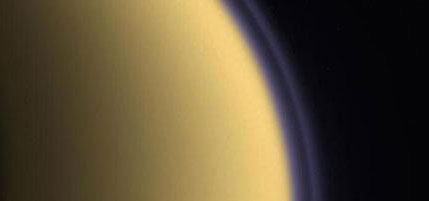 New work compares the chemical composition of Titan's atmosphere with parameters predicted by a mathematical model.
New work compares the chemical composition of Titan's atmosphere with parameters predicted by a mathematical model.
Jul 23rd, 2014
Read more
 Subscribe to our Space Exploration News feed
Subscribe to our Space Exploration News feed
 New work compares the chemical composition of Titan's atmosphere with parameters predicted by a mathematical model.
New work compares the chemical composition of Titan's atmosphere with parameters predicted by a mathematical model.
Jul 23rd, 2014
Read moreA new home-grown instrument based on bundles of optical fibres is giving Australian astronomers the first 'Google street view' of the cosmos - incredibly detailed views of huge numbers of galaxies.
Jul 23rd, 2014
Read more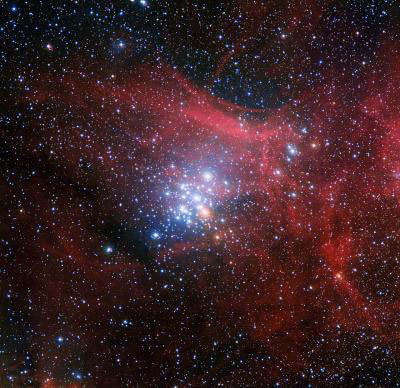 In this new image from La Silla Observatory in Chile young stars huddle together against clouds of glowing gas and lanes of dust. The star cluster, NGC 3293, would have been just a cloud of gas and dust itself about ten million years ago, but as stars began to form it became the bright group of stars we see here. Clusters like this are laboratories that allow astronomers to learn about how stars evolve.
In this new image from La Silla Observatory in Chile young stars huddle together against clouds of glowing gas and lanes of dust. The star cluster, NGC 3293, would have been just a cloud of gas and dust itself about ten million years ago, but as stars began to form it became the bright group of stars we see here. Clusters like this are laboratories that allow astronomers to learn about how stars evolve.
Jul 23rd, 2014
Read more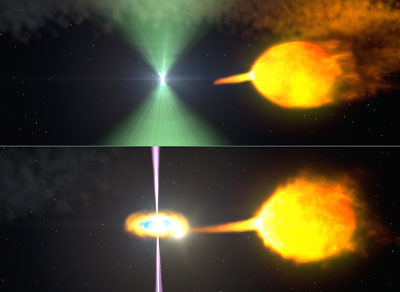 In late June 2013, an exceptional binary containing a rapidly spinning neutron star underwent a dramatic change in behavior never before observed. The pulsar's radio beacon vanished, while at the same time the system brightened fivefold in gamma rays, the most powerful form of light, according to measurements by the Fermi Gamma-ray Space Telescope.
In late June 2013, an exceptional binary containing a rapidly spinning neutron star underwent a dramatic change in behavior never before observed. The pulsar's radio beacon vanished, while at the same time the system brightened fivefold in gamma rays, the most powerful form of light, according to measurements by the Fermi Gamma-ray Space Telescope.
Jul 23rd, 2014
Read more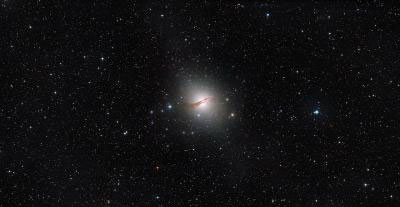 Astronomers using the Hubble Space Telescope have probed the extreme outskirts of the stunning elliptical galaxy Centaurus A. The galaxy's halo of stars has been found to extend much further from the galaxy's centre than expected and the stars within this halo seem to be surprisingly rich in heavy elements. This is the most remote portion of an elliptical galaxy ever to have been explored.
Astronomers using the Hubble Space Telescope have probed the extreme outskirts of the stunning elliptical galaxy Centaurus A. The galaxy's halo of stars has been found to extend much further from the galaxy's centre than expected and the stars within this halo seem to be surprisingly rich in heavy elements. This is the most remote portion of an elliptical galaxy ever to have been explored.
Jul 22nd, 2014
Read moreAstronomers have discovered a transiting exoplanet with the longest known year. Kepler-421b circles its star once every 704 days. In comparison, Mars orbits our Sun once every 780 days. Most of the 1,800-plus exoplanets discovered to date are much closer to their stars and have much shorter orbital periods.
Jul 21st, 2014
Read more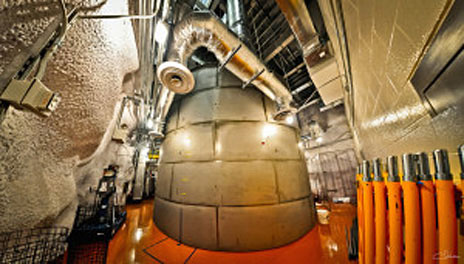 From the physics labs at Yale University to the bottom of a played-out gold mine in South Dakota, a new generation of dark matter experiments is ready to commence. The US Department of Energy's Office of Science and the National Science Foundation recently gave the go-ahead to Large Underground Xenon-Zeplin, a key experiment in the hunt for dark matter, the invisible substance that may make up much of the universe.
From the physics labs at Yale University to the bottom of a played-out gold mine in South Dakota, a new generation of dark matter experiments is ready to commence. The US Department of Energy's Office of Science and the National Science Foundation recently gave the go-ahead to Large Underground Xenon-Zeplin, a key experiment in the hunt for dark matter, the invisible substance that may make up much of the universe.
Jul 18th, 2014
Read more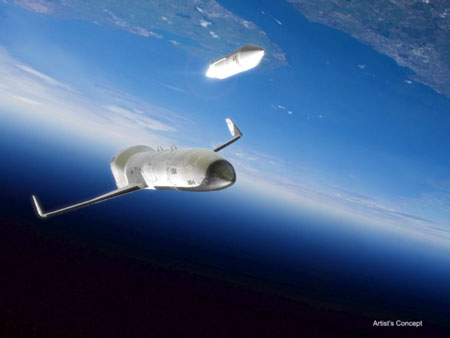 DARPA created its Experimental Spaceplane (XS-1) program to create a new paradigm for more routine, responsive and affordable space operations. In an important step toward that goal, DARPA has awarded prime contracts for Phase 1 of XS-1 to three companies.
DARPA created its Experimental Spaceplane (XS-1) program to create a new paradigm for more routine, responsive and affordable space operations. In an important step toward that goal, DARPA has awarded prime contracts for Phase 1 of XS-1 to three companies.
Jul 18th, 2014
Read more Australian researchers who are designing robotic rovers capable of searching for fallen space debris are asking people to share images or videos that they may have captured during last Thursday evening 's skyfall.
Australian researchers who are designing robotic rovers capable of searching for fallen space debris are asking people to share images or videos that they may have captured during last Thursday evening 's skyfall.
Jul 18th, 2014
Read more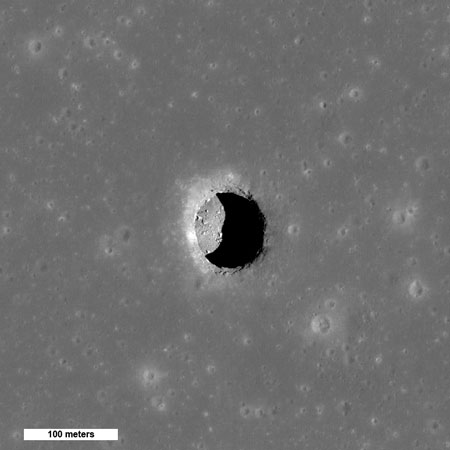 While the moon's surface is battered by millions of craters, it also has over 200 holes - steep-walled pits that in some cases might lead to caves that future astronauts could explore and use for shelter, according to new observations from NASA's Lunar Reconnaissance Orbiter spacecraft.
While the moon's surface is battered by millions of craters, it also has over 200 holes - steep-walled pits that in some cases might lead to caves that future astronauts could explore and use for shelter, according to new observations from NASA's Lunar Reconnaissance Orbiter spacecraft.
Jul 18th, 2014
Read more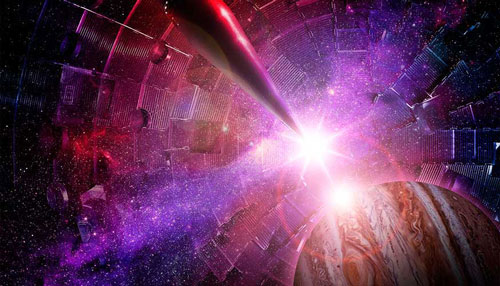 Scientists for the first time have experimentally re-created the conditions that exist deep inside giant planets, such as Jupiter, Uranus and many of the planets recently discovered outside our solar system.
Scientists for the first time have experimentally re-created the conditions that exist deep inside giant planets, such as Jupiter, Uranus and many of the planets recently discovered outside our solar system.
Jul 17th, 2014
Read moreSoil deep in a crater dating to some 3.7 billion years ago contains evidence that Mars was once much warmer and wetter, says a geologist, based on images and data captured by the rover Curiosity.
Jul 17th, 2014
Read more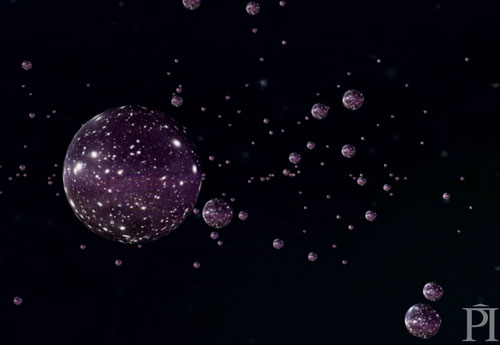 Researchers are working to bring the multiverse hypothesis, which to some sounds like a fanciful tale, firmly into the realm of testable science.
Researchers are working to bring the multiverse hypothesis, which to some sounds like a fanciful tale, firmly into the realm of testable science.
Jul 17th, 2014
Read more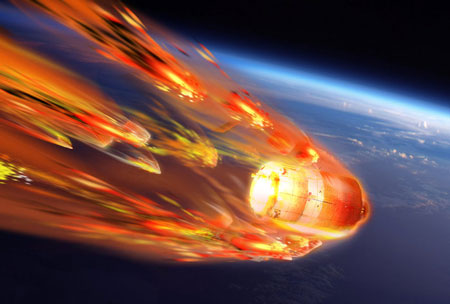 As ESA's remaining supply ferry to the International Space Station burns up in the atmosphere, its final moments as its hull disintegrates will be recorded from the inside by a unique infrared camera.
As ESA's remaining supply ferry to the International Space Station burns up in the atmosphere, its final moments as its hull disintegrates will be recorded from the inside by a unique infrared camera.
Jul 17th, 2014
Read more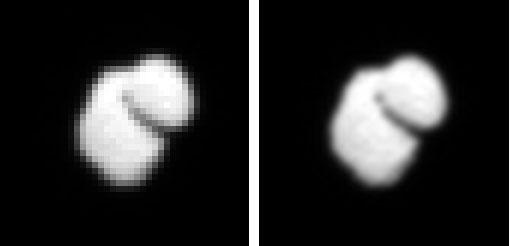 Comet 67P/Churyumov-Gerasimenko, destination of ESA's Rosetta mission, seems to consist of two parts.
Comet 67P/Churyumov-Gerasimenko, destination of ESA's Rosetta mission, seems to consist of two parts.
Jul 17th, 2014
Read more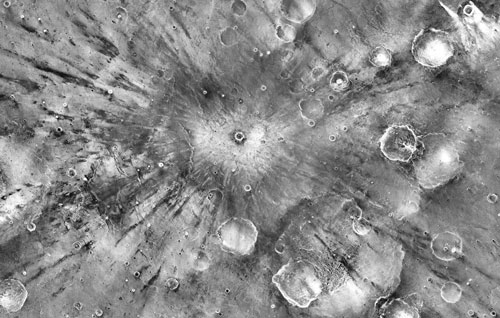 A heat-sensing camera has provided data to create the most detailed global map yet made of Martian surface properties.
A heat-sensing camera has provided data to create the most detailed global map yet made of Martian surface properties.
Jul 16th, 2014
Read more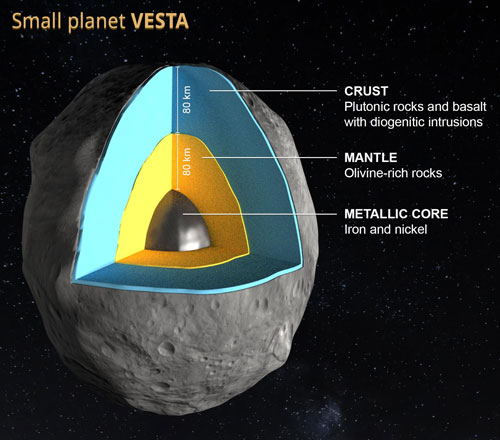 Researchers have a better understanding of the asteroid Vesta and its internal structure, thanks to numerical simulations and data from the space mission Dawn. Their findings questions contemporary models of rocky planet formation, including that of Earth.
Researchers have a better understanding of the asteroid Vesta and its internal structure, thanks to numerical simulations and data from the space mission Dawn. Their findings questions contemporary models of rocky planet formation, including that of Earth.
Jul 16th, 2014
Read more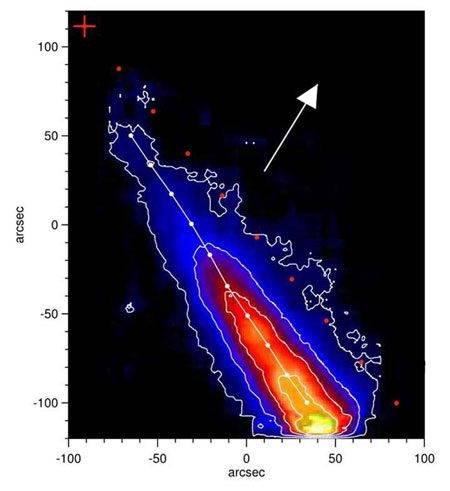 Before comet ISON raced past the Sun, it stopped producing dust and gas, as data from the SUMER spectrograph on SOHO show.
Before comet ISON raced past the Sun, it stopped producing dust and gas, as data from the SUMER spectrograph on SOHO show.
Jul 16th, 2014
Read more